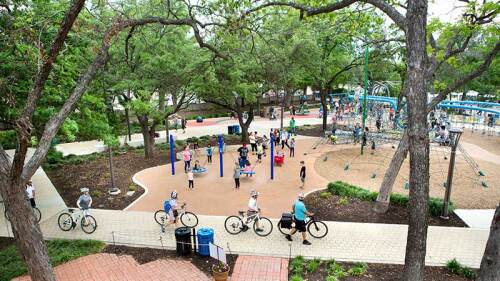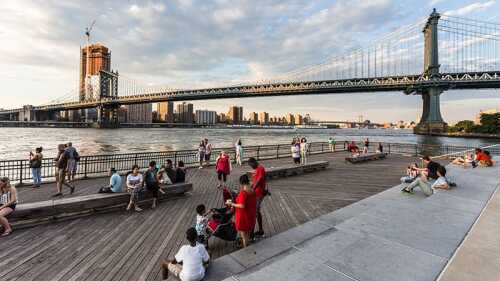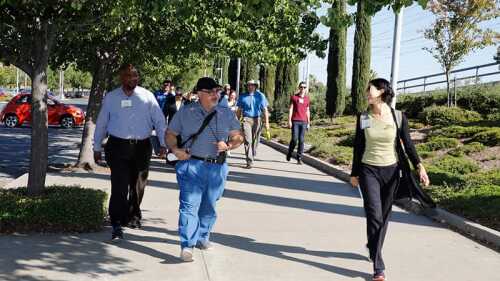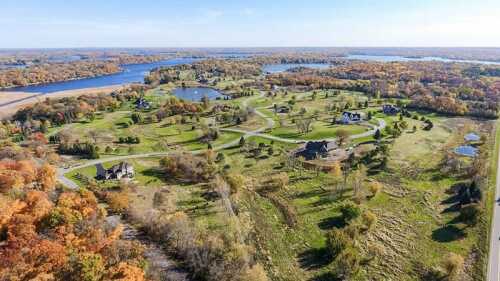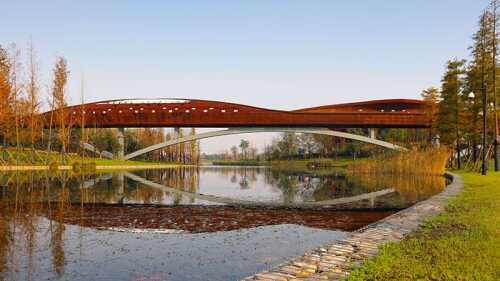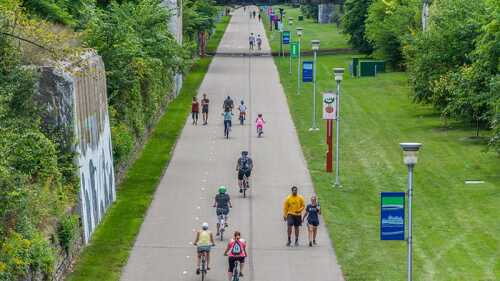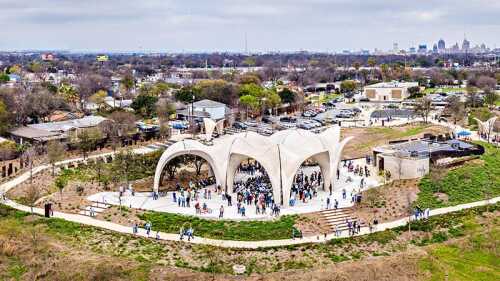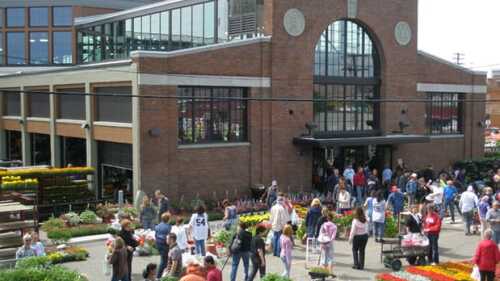Public Spaces
The importance of creative placemaking—the process of intentionally integrating arts, culture, and community-engaged design into comprehensive community development—and the role that artists play in that process have been elevated by both the COVID-19 pandemic and social justice protests in the United States, as people seek places to socialize and connect with others outside their homes, according to participants in a recent ULI webinar.
Two urban parks—Domino Park in Brooklyn, New York, and Trojan Park in Wellston, Missouri—have been selected as winners of the 2020 ULI Urban Open Space Award.
This summer, Urban Land is profiling online and in print each finalist for 2020’s ULI Urban Open Space Award. The winner(s) will be announced in the fall. Learn more about award-winning and innovative open-space projects as part of the 2020 ULI Virtual Fall Meeting.
How can developers create vibrant places that bring people together to live, work, play, and hang out? Members of ULI’s new Placemaking Council discuss the value of bringing the notion of placemaking to development, the strategies for setting up placemaking projects that will thrive, the obstacles that can get in the way of success, common misperceptions about placemaking, and related trends.
A ULI Advisory Services panel toured South Sacramento, California, in September, meeting with more than 75 city and county officials, local business leaders, residents, and other stakeholders. The four sponsors—Sacramento Regional Transit, Sacramento Council of Governments, Sacramento Municipal Utility District, and Sacramento Metropolitan Air Quality Management District—asked the ULI advisory panel to outline a plan for kick-starting a retrofit of the two transit-adjacent neighborhoods into transit-oriented neighborhoods. Their goals were to promote equitable, healthy, and inclusive community development that fosters job and income growth, housing options, and healthy neighborhood amenities with more convenient access to transit, retail, and services.
Developers are snatching up aging golf course properties—many closed or losing money—with an eye toward combining housing with other uses while often trying to preserve at least some of the greenery for community use.
The following ten projects in the Asia Pacific region—all completed during the past five years—include restored headlands, contaminated canals and marshes cleaned up to serve as wildlife habitats, and a row of parking spaces revamped as a piazza.
Development professionals from Detroit, Houston, Atlanta, and San Antonio discussed how they reclaimed desolate space with art, parks, and public/private partnerships to revitalize riverfronts and neighborhoods.
In early March, the city of San Antonio celebrated the opening of a new park. Named Confluence Park, it sits on about 3.5 acres (1.4 ha) where two major rivers meet. The park—a former construction storage yard—was ten years in the making, costing about $13 million.
In Detroit, as in many cities across the United States, a distinctive type of open space—the urban garden—has emerged as another type of civic asset.

